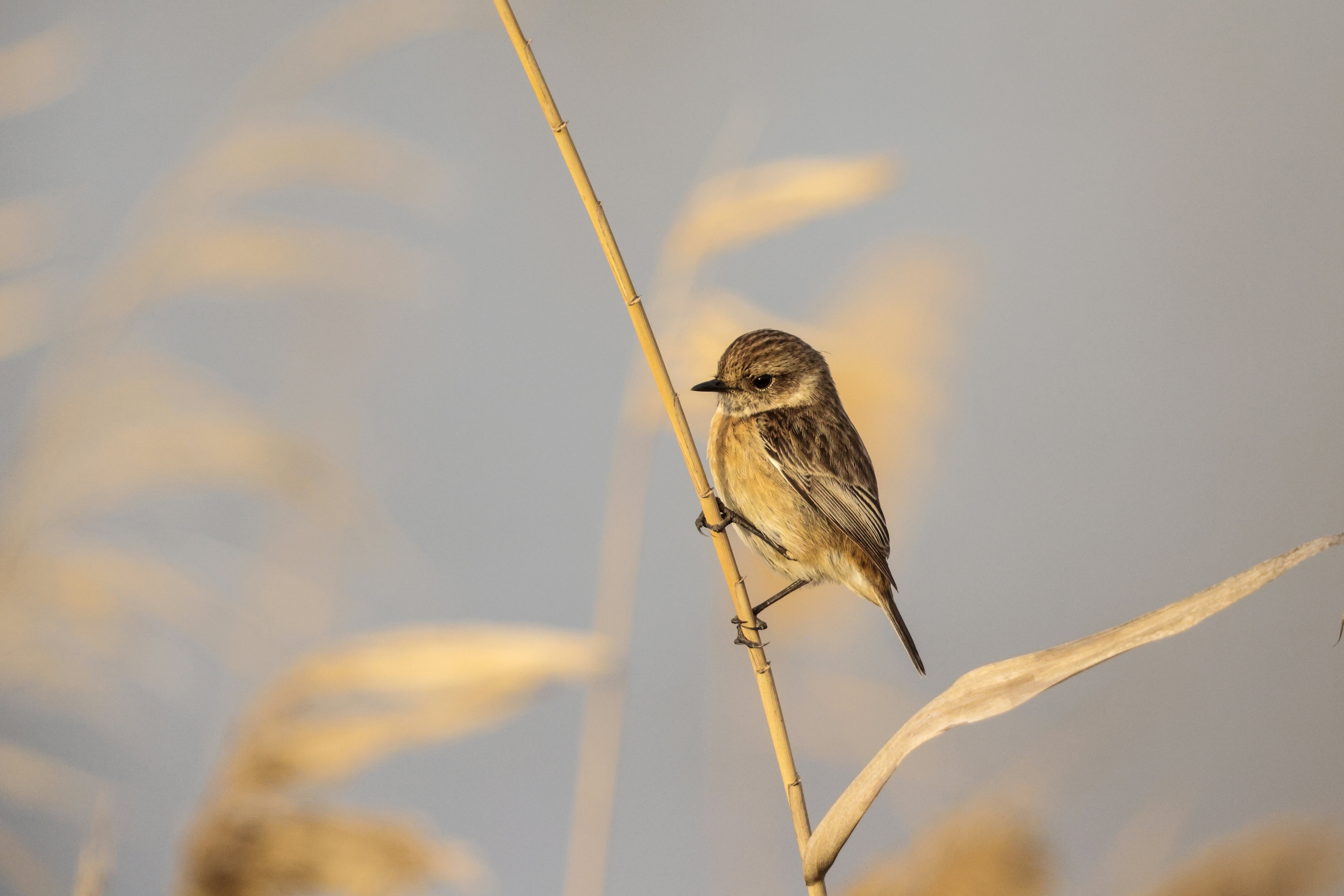
The 30 best countries, cities and regions to visit in 2025
May 18, 2022 • 5 min read

Follow the well-worn trails of the Dingli Cliffs along Malta’s rugged west coast © znatalias / Shutterstock
Malta is the European Union’s most densely populated country – yet visitors will find plenty of opportunities to explore the alluring natural environment here.
Stroll amid the architectural splendor of urban gardens in Valletta and the Three Cities, combine cliff-top walking with coastal views, or get up close and personal with migrating birds that have come all the way from Africa for their seasonal Maltese sojourn.
Here are the best natural parks and nature reserves in Malta.
High above Grand Harbour, Valletta’s colonnaded Upper Barrakka Gardens were established in the late 16th century by Knights of St John from the nearby Auberge d’Italie. Today, there’s a pleasant garden cafe, plus superb views across Grand Harbour to Fort St Angelo and the Three Cities. Time a visit around noon or 4pm to experience the thrilling firing of the Saluting Battery.

Is-Simar Nature Reserve hosts more than 180 different bird species, with its marshy environment particularly popular with rails, warblers and kingfishers. Negotiate walking trails to viewing locations concealed amid a landscape of pools, compact islands and narrow canals. Geckos and Mediterranean chameleons are also sometimes seen perched on the branches of trees.
Catch a traditional dgħajsa water taxi across Grand Harbour to the Three Cities, and take in brilliant views of the Valletta skyline from this compact waterfront park (which is another a good spot for watching the firing of the Saluting Battery across the harbor). The park’s elegant vedette (watchtower) is decorated with carvings of eyes and ears to symbolize watchfulness.
Near the water’s edge, and particularly spectacular if winter weather is creating big seas, this equally compact park on Valletta’s northeastern tip features a Doric temple commemorating Sir Alexander Ball, the British naval captain who captured Malta from the French in 1800. The adjacent Siege Bell Memorial remembers those who lost their lives during WWII’s Siege of Malta.

Follow well-marked walking trails along the top of Malta’s highest sea cliffs, more than 200m (656ft) high and providing views along the island’s rugged west coast and out to the tiny islet of Filfla. Nearby, The Cliffs combine a good restaurant with exhibits showcasing the region’s natural history. Dingli’s lovely Chapel of St Mary Magdalene has been at its lonely and remote location since 1646.
Already a sprawling destination including a crafts village and artisans’ workshops, Malta’s National Stadium and the Malta Aviation Museum, Ta’ Qali National Park is slated to double in size, delivering an elevated bike path high above walking trails and more than 80,000 new trees. First up for Ta’ Qali’s redevelopment was the November 2021 opening of Adventure Park, definitely the most exciting playground in the country. Specialist picnic areas and a farmers' market are also planned.
Atop a spectacular coastal location, Park Tal-Majjistral’s hiking trails explore both Malta’s natural history and its cultural heritage. Endemic plant life reveals diverse Mediterranean habitats, while history is showcased by centuries-old drystone walls and the legacy of military installations. On a clear day, views can extend all the way north to Sicily, a distance of around 90km (56 miles).
Malta’s only remaining woodland area, Buskett Gardens was originally established by the Knights of St John as a forest habitat for hunting. Today, well-established groves of Aleppo pine, oak, olive and orange trees are popular for forest strolls and spring and summer picnics. During cooler months, Buskett is infused with the scent of orange blossoms.
In the real world, San Anton Palace and Gardens is the official residence of the Maltese president, but the honey-colored palace also featured as the Red Keep in several episodes of the first season of Game of Thrones. Framing the palace are walled gardens of citrus and avocado trees, an aviary and the elegant Grand Eagle Fountain, which dates from the 17th century.
On the grounds of Floriana’s University of Malta, the Argotti Botanical Gardens were founded in the early 19th century as part of the institution’s faculty of natural history. There’s a strong focus on endemic Mediterranean plant species in the beautiful plantings; as you walk the grounds, good views of the hilltop walled city of Mdina to the west open up. The gardens are currently nearing completion of a multi-year refurbishment and redevelopment program.

Encompassing only 17 acres, Għadira Nature Reserve nonetheless attracts more than 140 different migratory bird species throughout the year. Birds drawn to Għadira's brackish salt-marsh wetlands include sandpipers and egrets; larger Eurasian spoonbills also visit before continuing over the Sahara desert back to west Africa. Keen wildlife photographers should book ahead for an hour-long session in one of Għadira’s two photography hides.
Salina’s heritage is evident in its name, with this nature reserve on Malta’s northern coast established by Birdlife Malta amid sprawling salt pans built by the Knights of St John in the 16th century. It’s now a haven for gulls and terns, and herons and egrets migrating from Africa also swing by. Flamingos are occasionally seen around August and September.
Established in 1914 by General Sir Leslie Rundle, Governor of Malta from 1909 to 1915, Gozo’s elegant Villa Rundle Gardens are a shaded and relaxed haven after visiting Victoria’s astounding Il-Kastell citadel. Canary palms tower over a children’s playground, and a few friendly cats are usually strolling around. The gardens are used for festivals and events during spring and summer.
Plan with a local
